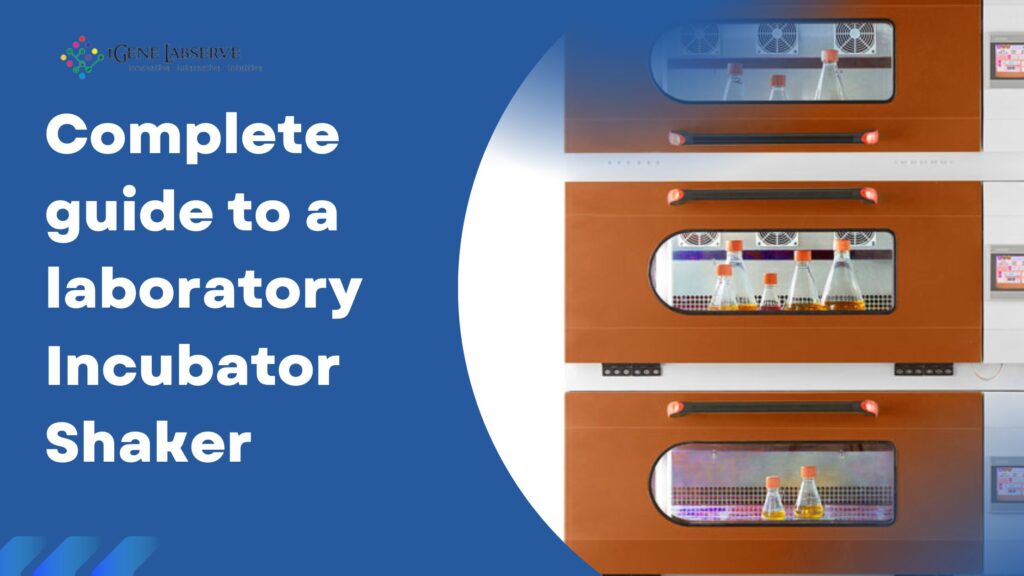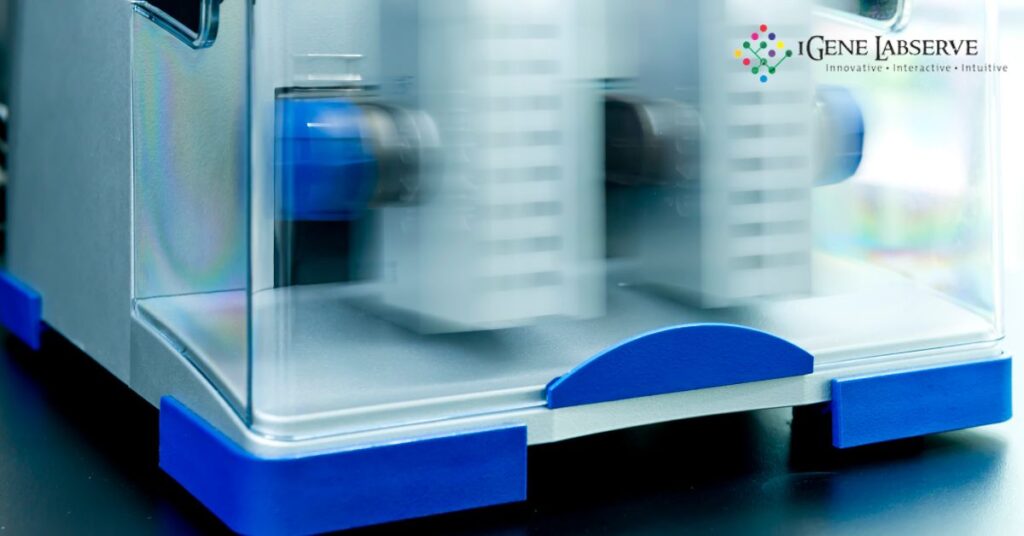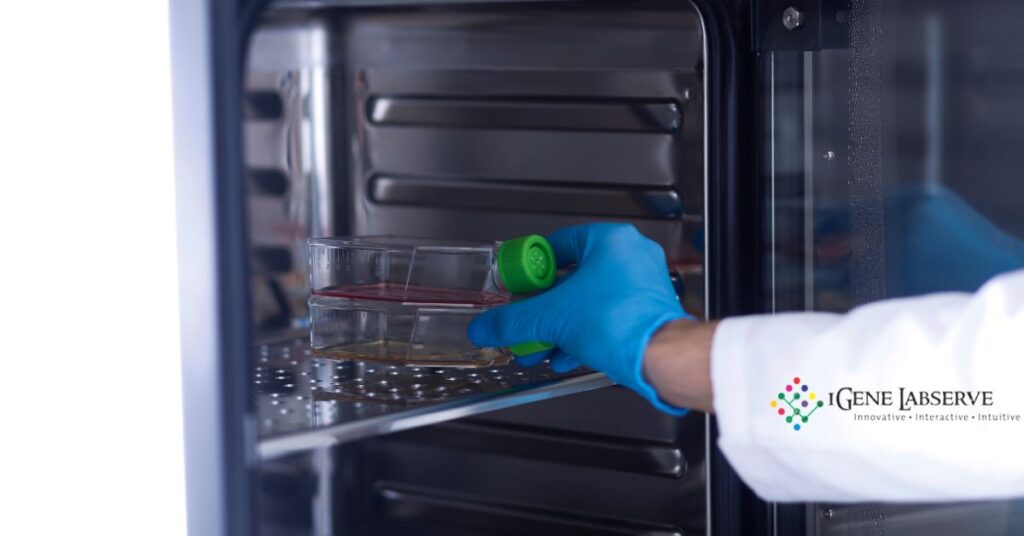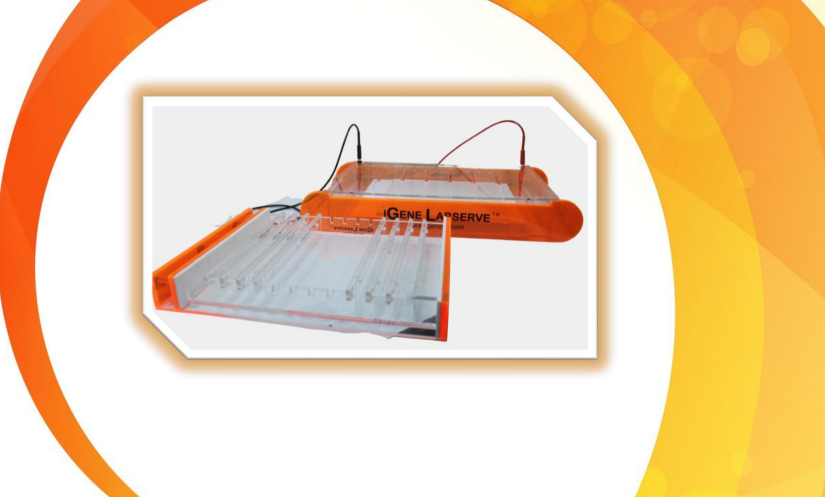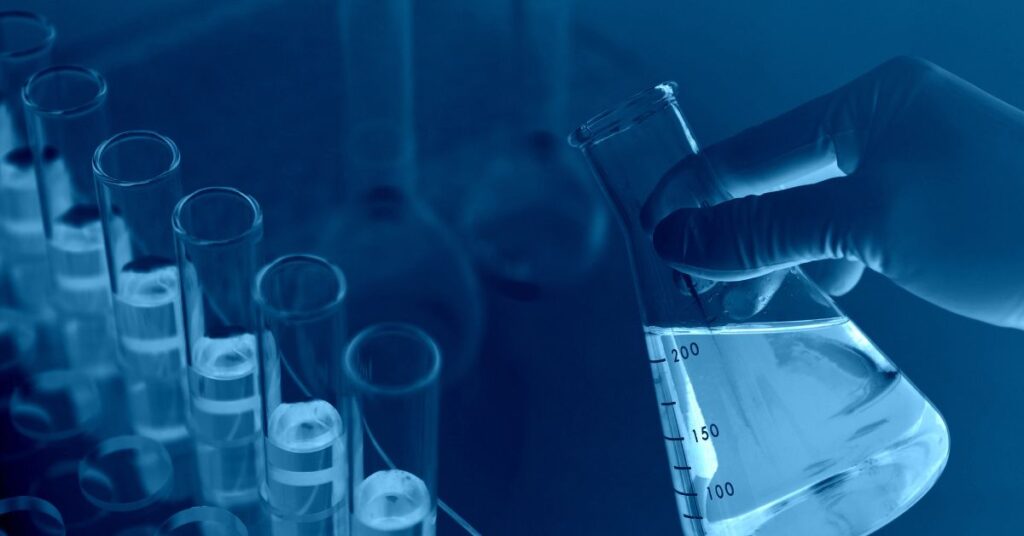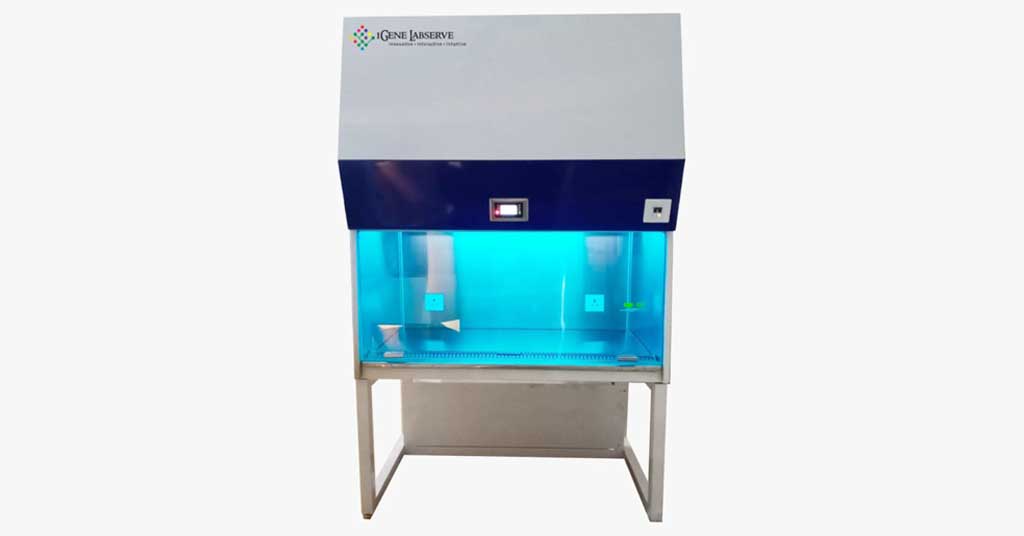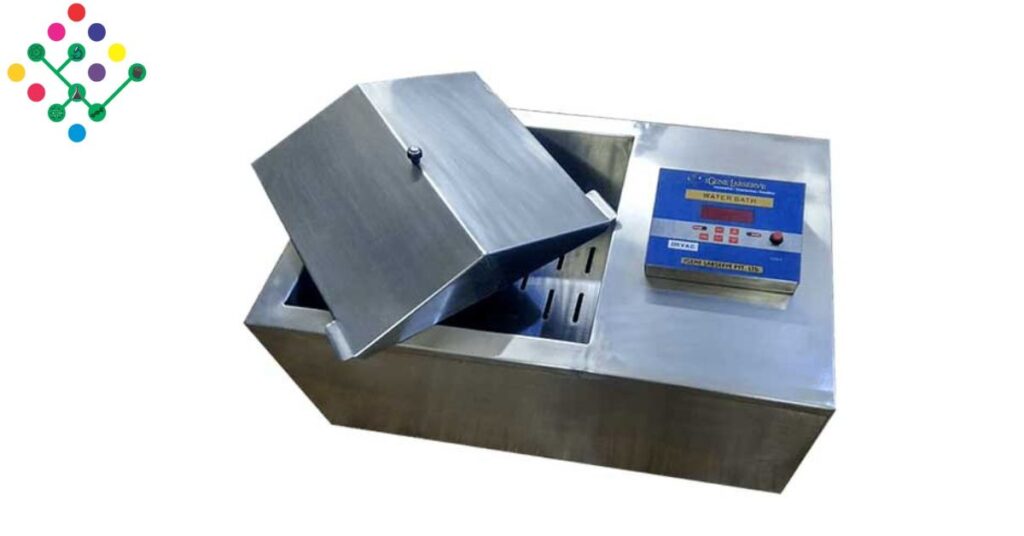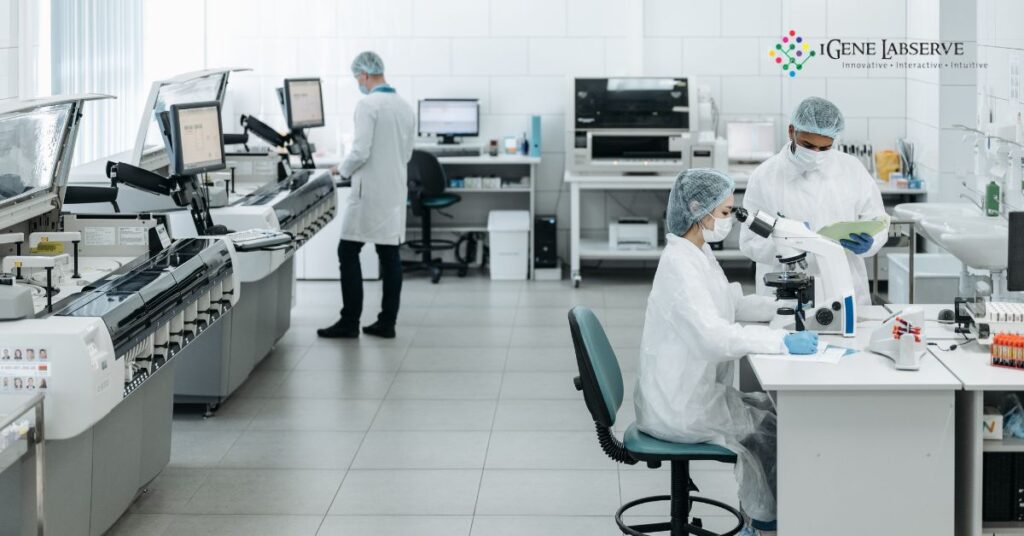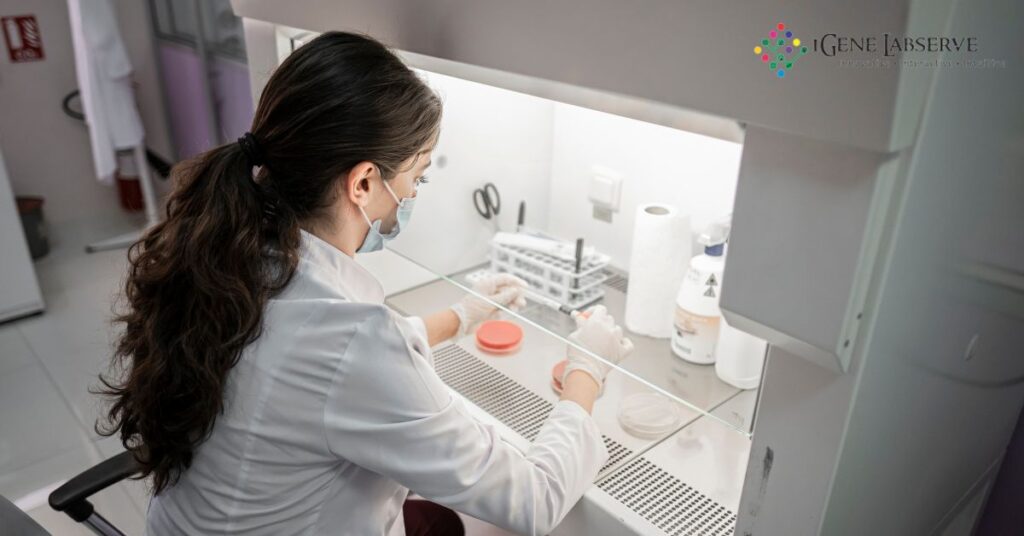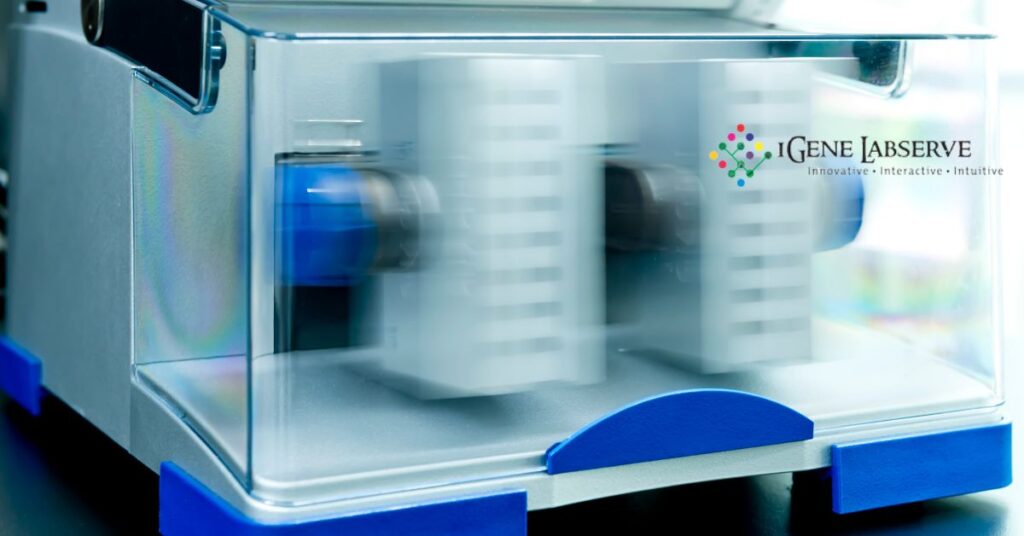Complete guide to a laboratory Incubator Shaker
One sort of lab apparatus used to incubate and shake samples at a set temperature and shaking speed is a laboratory incubator shaker. This post will discuss all information about incubator shaker, its types and its advantages. Important working principle of an incubator shaker A laboratory incubator shaker works on a straightforward principle: it creates …

